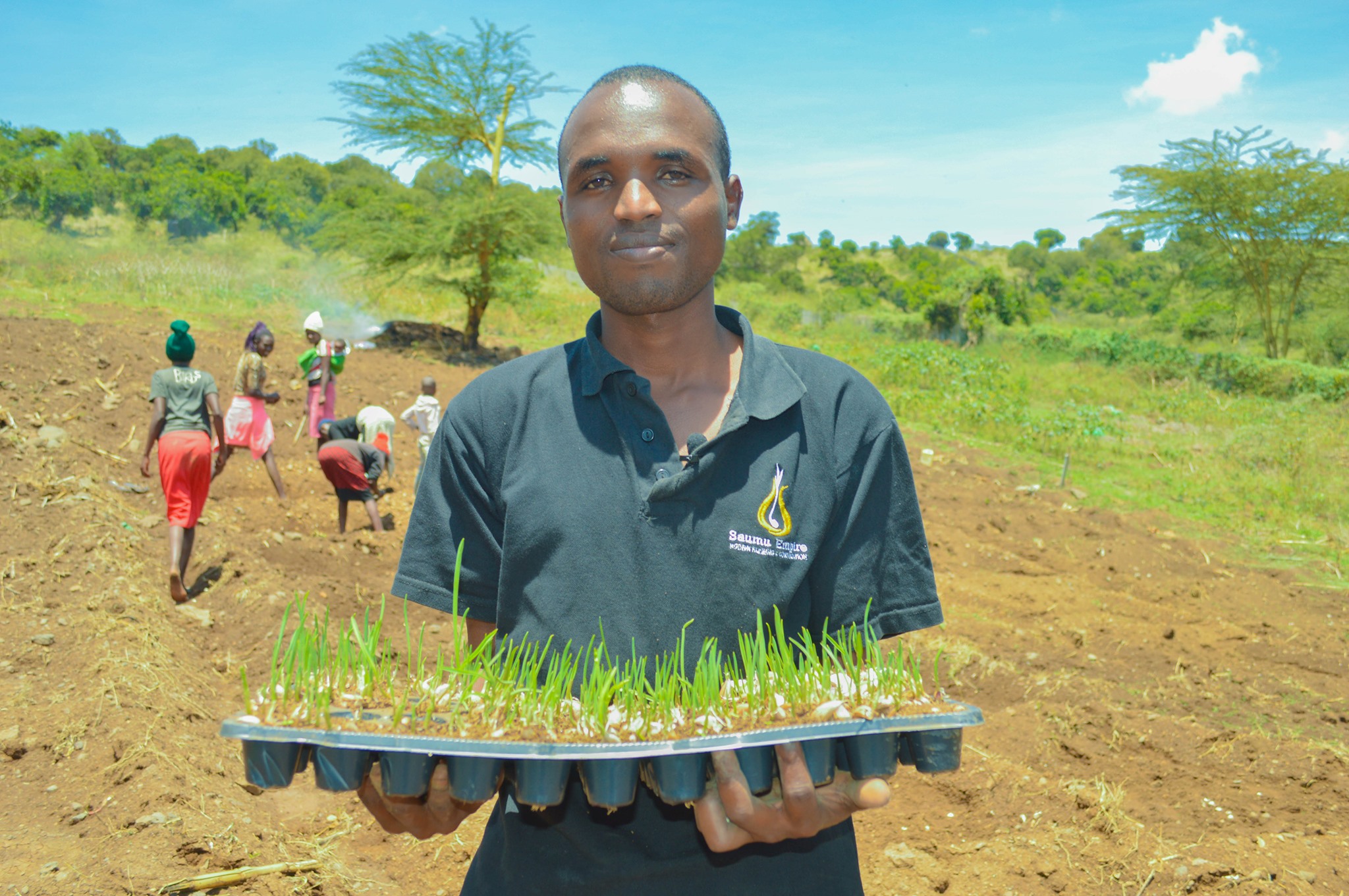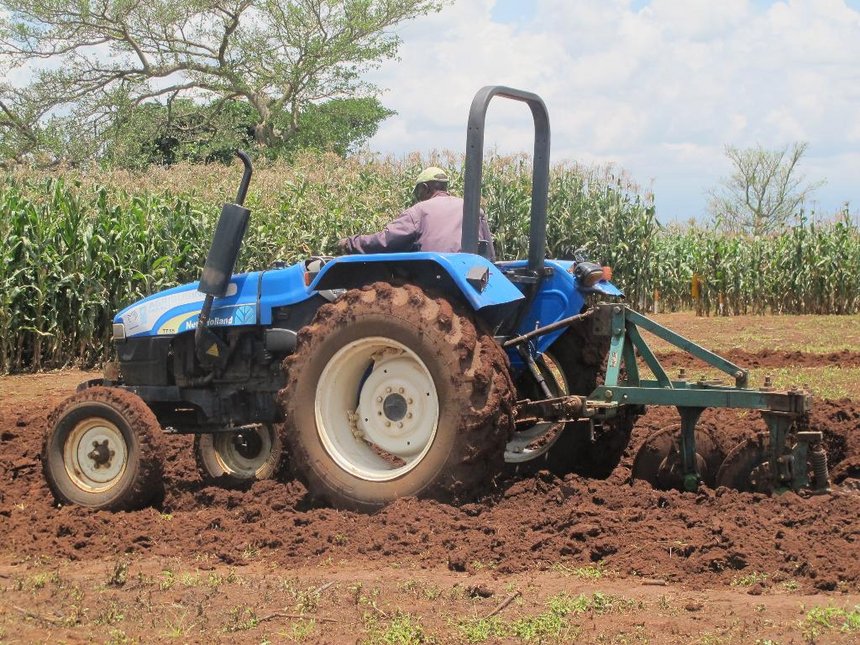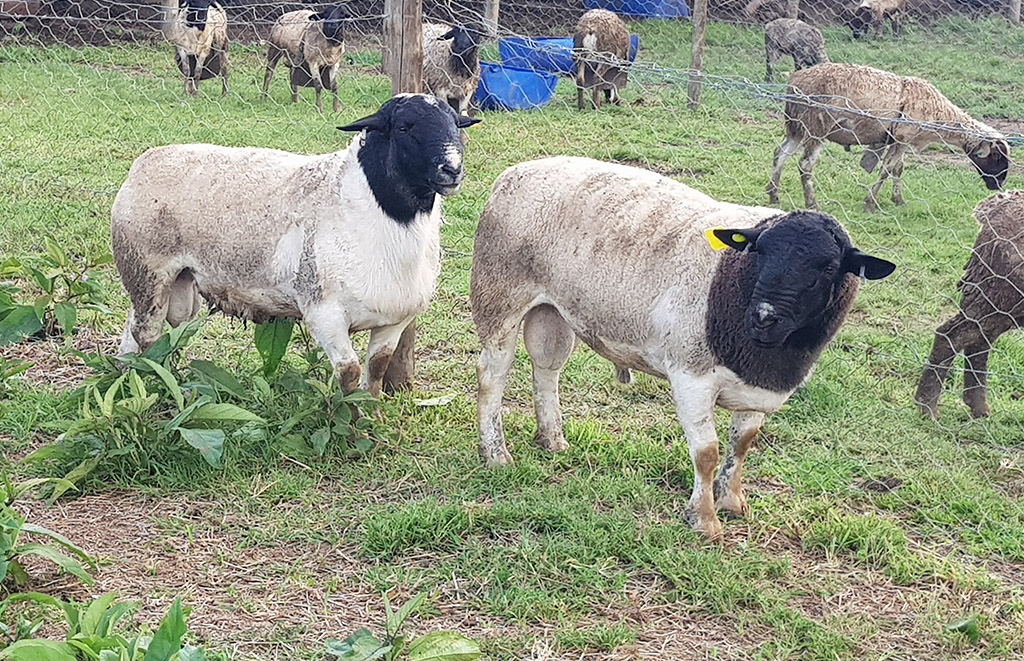
By George Munene
“The farmgate price of Grade 1 garlic is currently Sh150 per kilogram, the spice matures in four months and from an acre a farmer can harvest at least six tons. This means from just one acre a farmer can rake in Sh1million. This makes garlic farming a clearly profitable agricultural endeavor,” says Stanley Gichuki, the proprietor of Saumu Empire.
Despite its price dropping in recent months due to an influx of garlic into the country imported from Rwanda, in the six years he has been in the garlic business, Gichuki says he has not seen its price drop below Sh100 per kilogram.
The major hurdle to getting into garlic farming is its cost of production. For a newbie farmer, growing garlic on an acre could run them between Sh160,000-250,000 depending on availability and accessibility to water. “I often advise farmers to start small as they learn the ropes, perhaps on one-quarter of an acre which can cost them about Sh50,000. A modest beginning you can build on is better than not starting at all,” he says.
On finishing high school in 2011, Stanley hawked farm produce to try and make ends meet. While most agriproducts were readily available, the Nyeri-based farmer could hardly scrounge 10 kilograms of garlic to sell to customers who were ever in demand of it. Having identified this obviously underserved market, in 2014, he embarked farming on farming the spice on just one-quarter of an acre, which he has built to what is now Saumu Empire: a garlic farming and breeding business.
Related News: Herb exporter guarantees market for chilli, ginger, garlic contracted farmers
Related News: FarmBiz TV:Farmer leaves knives for Sh12m a year from garlic and ginger.
The marketability of locally grown garlic has also been on the upswing; “Most of Kenya’s garlic is imported from China but with the brief Covid-19 imposed lockdown in March of last year many consumers had a taste of locally grown garlic which many contend is tastier and more aromatic to imports,” the young farmer elucidates. Chinese garlic is also bleached in chlorine to help it keep longer and for whitening. Additionally, its cloves are treated making it impossible for use in propagation.
Garlic is graded according to size with a farmer needing to get at least 40 kilograms; this is classed as Grade 2; per bulb for its commercial production. Grade 1 garlic weighs over 50-55 grams. Grade 1 garlic has a farmgate price of Sh300, and Grade 2 fetches half of that; Sh150.
“I prefer farming garlic to any other crop because of two major factors: its long storage time of up to 6 months makes garlic an ideal farming choice; in case the price is too low, unlike most agricultural produce which is easily perishable, farmers can hold onto their garlic and wait for more favorable market conditions. The price of garlic is also another attractive proposition for those looking to get into its growing; the spice usually sells for between Sh120 and 300,” he explains.
Now growing three-acre of garlic of his own, and having another 100+ outgrowers, it is a point of pride for him that without any external support, he has managed to grow his business steadily only off what he earned from farming.
Stanley points out that many farmers looking to get into the nascent garlic farming agribusiness fail due to a lack of proper agronomic knowledge. To this end he offers training at a charge of Sh3000 and consultancy services to budding farmers; currently having dozens of satellite farmer projects he is overseeing. Saumu also buys garlic from its outgrower farmers in an effort to meet the crop’s high demand.
Seeds are the major cost in garlic production; for an acre of garlic, a farmer needs 200 kilograms of planting cloves which cost Sh400-600 per kilogram. Garlic farming is as well labor-intensive, requiring consistently available farmhands. You will also need to have access to a constant supply of water. Despite the obvious challenge
Buying mature quality seedlings means less production cost, e.g. thinning. The cloves are also disease-free as the sickly are weeded out in the nursery.
Garlic can be planted in basins or beds; this is usually dictated by the irrigation method in use. Under ideal conditions, an acre of land can cater to 1400-1500 garlic planting basins with one basin measuring 2 meters by 1 meter and holding 200 bubs for farmers practicing flood irrigation. An acre of land should thus have a plant population of 280,000. A bulb should have a weight of 110-40 grams. With an average bulb weight of 50 grams, a farmer can expect a total yield of 14000 kilograms.
Related News: Farmers earn 2x from white onions, as red prices tumble
Related News: Garlic farmers earn six times more than regular onion farmers
In the basins, garlic should be spaced 10 cm by 10cm apart. Ordinary basins measure 2M by 1M ensuring there is enough room for field navigation during routine practices such as weeding and surveying.
Stanley advises farmers to conduct soil analysis, which is crucial in establishing their soil profile before setting on commercial garlic production. Its major soil nutrient requirements are Phosphorus, Nitrogen and Calcium. The crop performs best in loam, clay and red volcanic soils that are slightly acidic with 5-7 PH. A bucketful of fine well-decomposed goat/cow manure can be used to fertilise a two-meter basin of garlic. DAP fertilizer is used at planting, CAN fertilizer is applied at first top dressing taking care to furrow it around the plant’s base and not touch its stem due to its high scorching effect. NPK is then used at the plant’s bulbing. Herbicides are used at first weeding with hand weeding done thereafter.
Garlic is classed as soft neck or hard necked. Hard neck garlic can be grown in highland areas while the soft necked fares better in more arid regions. As with most other vegetables, garlic matures faster in hotter regions. Garlic is majorly affected by blight; it is not suited to areas with temperatures below 14°C.
Saumu Empire: 0708233861


















